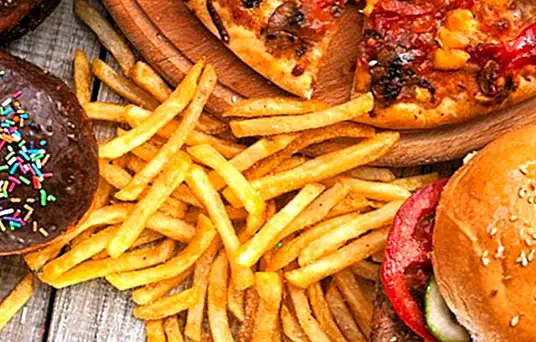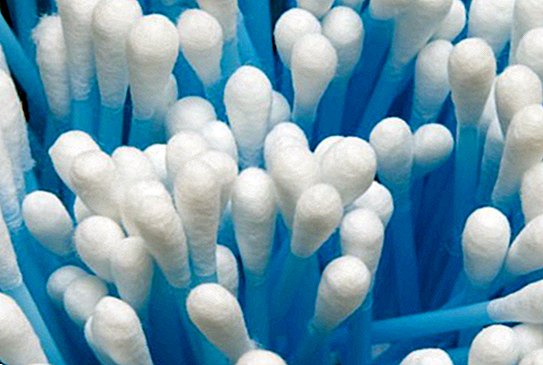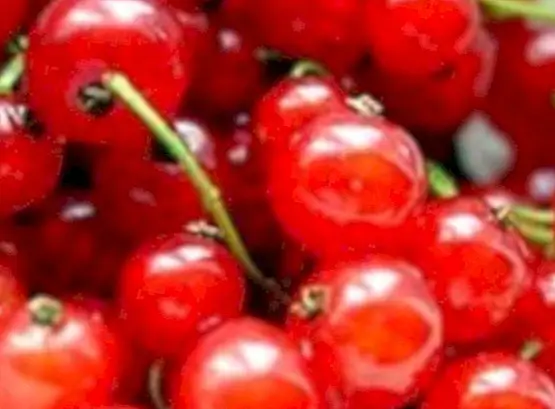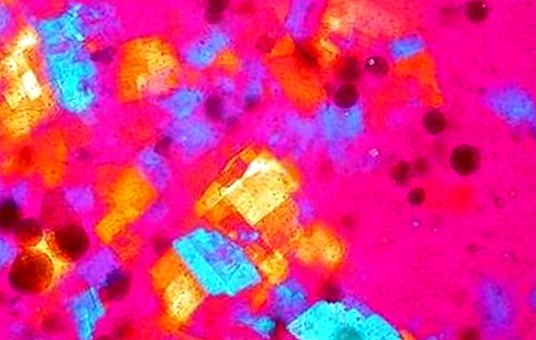5 effective tips to lower high triglycerides easily
What are high triglycerides and what are their risks?
When we find the level of triglycerides high, this means that the triglycerides value is above 150 mg / dL, a figure that drops to 100 mg / dL when the person suffers from heart problems.
One of the main causes of high triglycerides in the blood has to do with an excessive consumption of calories, especially because the person tends to consume foods with high content of triglycerides.
Therefore, its risks are more than evident: having high levels of triglycerides, especially when these are maintained over time, directly affects the onset of cardiovascular problems and arteriosclerosis, which consists of a disease that causes an increase in thickness of the arteries, as well as their loss of elasticity, causing an accumulation of plaques inside.

When do we have high triglycerides? Your abnormal values in your blood test
When we talk about high triglycerides we always refer to those values of triglycerides that are abnormally high, which means that, obviously, they are not at levels considered normal (and therefore, in healthy numbers).
And when is it considered that triglycerides are then elevated? As we mentioned briefly at the beginning of this article, triglycerides are high when their values exceed 150 mg / dL. That is, normal values are considered -and acceptable- when the triglyceride figure is less than 150 mg / dL.
However, as indicated from Medlineplus, high values are considered to be those above 199 mg / dL, and very high when it reaches 500 mg / dL (or levels above this).
We can summarize the values of triglycerides in the following section:
- Normal:Less than 150 mg / dL
- Normal-high:150 - 199 mg / dL
- High:200 - 499 mg / dL
- Very high:500 mg / dL or higher
On the other hand, we must bear in mind that these ranges may vary slightly from one laboratory to another. But the figures or values indicated are the average figures that are usually used in the measurement of triglycerides in blood.
- Triglyceride blood test: normal and abnormal values
How to lower high triglycerides?
1. If you are overweight, it is best to download it
Whether you are overweight or obese, it is advisable to reduce - little by little and moderately - that extra weight, mainly because it can help lower high triglyceride levels.
A very useful option is to try to change our eating habits. And, for that, it is necessary to ask ourselves which ones may not be as healthy as we think. Maybe we tend to snack between meals, regularly consume sweets and other little nutritious snacks ... However, on the diet to follow in a section next we will talk in more detail about it.
- High or high cholesterol: what it is, symptoms and how to lower it
2. Watch your diet
Opt for those good foods for high cholesterol, mainly because not only help you lower LDL cholesterol, but also triglycerides, while increasing HDL (the good cholesterol that cleans the arteries).
When it comes to losing weight and changing the diet, the ideal is to also reduce the consumption of calories, mainly those called empty calories, at the same time that you should avoid as much as possible very fatty, sugary and refined foods.
You should also eliminate Trans fat and replace them with much healthier and healthier fats. This type of fats can be found in olive oil, fruits such as avocado and blue fish (salmon or tuna), to name just a few examples.

3. Foods high in triglycerides that we should avoid
There is no doubt that one of the main causes of high triglycerides in the blood has to do with a excessive calorie consumption, especially because the person tends to consume foods with high triglyceride content. We discover below what are some of those foods:
- Foods rich in saturated fats: we find saturated fats, especially in fats of animal origin (such as meats with fats, chicken skin or by-products such as whole milk products or butter). We must also consider ice cream.
- Foods rich in trans fats: there is no doubt that trans fats are the most dangerous. We find them especially in the bakery of industrial origin and precooked products, in addition to salty snacks and snacks (such as fried potatoes).
- Foods rich in sugar: such as sweets and pastries. It is best to opt for sweetener or reduce sugar consumption.
- How to eliminate saturated fats in the diet
Four.Practice physical exercise regularly
In addition to maintaining a food as balanced and healthy as possible, it is also vital to try to stay active, away from sedentary lifestyle.
And how can it be achieved? Easily: practicing at least every day between 30 to 40 minutes of physical exercise, whether walking, running, cycling, swimming ... The key to achieving high triglycerides is to practice aerobic exercise.
5. Opt for some plants and herbs that help fight high triglycerides
Although there are quite a few herbs to fight the high triglycerides that help in a very positive way when it comes to reducing and lowering the high levels of these fats in the blood, it is certain that there are certain medicinal herbs who can help more than others:
- Horse tail: it is a remineralizing plant especially rich in silicon, a mineral that helps the natural regeneration of the arteries. Therefore, it helps when it comes to maintaining good arterial health. You can take an infusion of horsetail made with one to two teaspoons per cup.
- Dandelion: it is another of the ideal plants to enjoy good health, thanks to which it is capable of purifying the liver. It helps in fact that this organ performs its functions daily, while its use is interesting in case of fatty liver (another cause of high triglyceride levels). You can take an infusion of dandelion prepared with one to two teaspoons per cup.
- Ginkgo biloba: it is a plant capable of dilating the capillaries, veins and arteries, which improves both its viscoelasticity and the microcirculation of the blood itself. It is useful for preventing the formation of clots as a result of the accumulation of fat in the arteries. You can take an infusion of ginkgo biloba prepared with one to two teaspoons per cup.
- Linden: it is a plant with hypotensive properties, at the same time that it helps to fluidize the blood. You can take an infusion of linden prepared with one to two teaspoons per cup.
Diet to follow with high triglycerides
Obviously, first of all we must keep in mind that the diet should be low fatand also rich in fiber, so that if one of the main causes of the increase of triglycerides in the blood is due to the excessive consumption of calories, our doctor or nutritionist will indicate a reduction in the daily consumption of calories, especially eliminating or reducing the consumption of certain foods, especially those especially rich in fat.

A very good option is to pay attention to the Prohibited foods with high triglycerides:
- Fried foods
- Sausages and fatty meats.
- Fish canned in oil and seafood in general.
- Industrial bakery and sweets.
- Fat sauces.
- Certain oils: like palm and coconut oil.
Foods allowed with high triglycerides
Once you know what foods are not allowed in the diet, a good idea is to pay attention to which ones are allowed:
- Fruits, vegetables, vegetables and legumes.
- Skimmed dairy products and derivatives (always skimmed).
- Flours and whole grains.
- Blue and white fish.
- Rice and wholemeal pasta
- Nuts: nuts, prunes and apricots stand out.
- Olive oil.
The most normal thing is that it is our own doctor who tells us the best diet to follow. In this sense, it is advisable to always follow their dietary and nutritional advice.

Also, remember that the practice of regular physical exercise is always advisable.
- Foods against high cholesterol
- Intake of Carbohydrate to Fiber Ratio Is a Useful Marker for Metabolic Syndrome in Patients with Type 2 Diabetes: A Cross-Sectional Study
- Effects of a dietary portfolio of cholesterol-lowering foods vs lovastatin on serum lipids and C-reactive protein
- Triglycerides: Why do they matter ?. Mayo Foundation for Medical Education and Research (MFMER).



